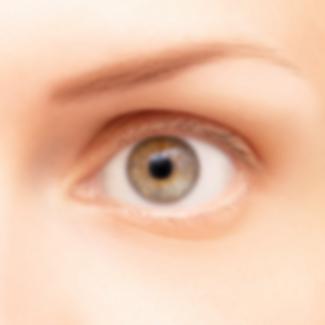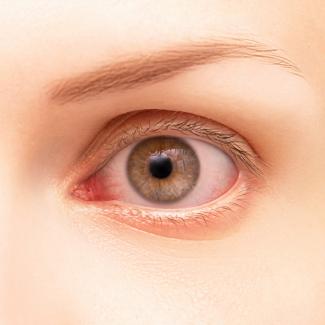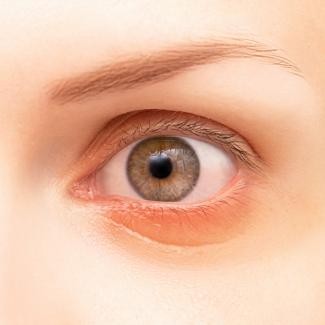Healthy tears protect your eyes
The surface of your eye (called the cornea) is covered in a ‘tear film’ made up of several layers working together to keep the cornea healthy.
When your tear film works in the way it should, it keeps the cornea moist and lubricated, acting as the first line of defence for eyes. It cleans the eye surface and protects it from injury and infection.
When tear quality and quantity are reduced, the eye’s surface can become irritated, resulting in the symptoms that affect your everyday life.
Common symptoms can include:
-
 Occasional blurry vision
Occasional blurry vision
-
 Red eyes
Red eyes
-
 Gritty, scratchy
Gritty, scratchy
-
 Watery, sticky
Watery, sticky
-
 Sore/stinging or itchy
Sore/stinging or itchy
-
 Sensitivity to light
Sensitivity to light
What are some of the causes of dry eyes?
Did you know?
Women are around 2 x more likely than men to develop dry eyes.1,2
People who wear contact lenses are up to 4 X more likely than non-contact lens wearers to develop the condition.1
Certain medications and some medical conditions may also increase the risk.
References: 1. Stapleton F. et al. Ocul Surf 2017; 15(3):334–365. 2. Dana R. et al. Am J Ophthalmol, 2019; 202:47–54.
















